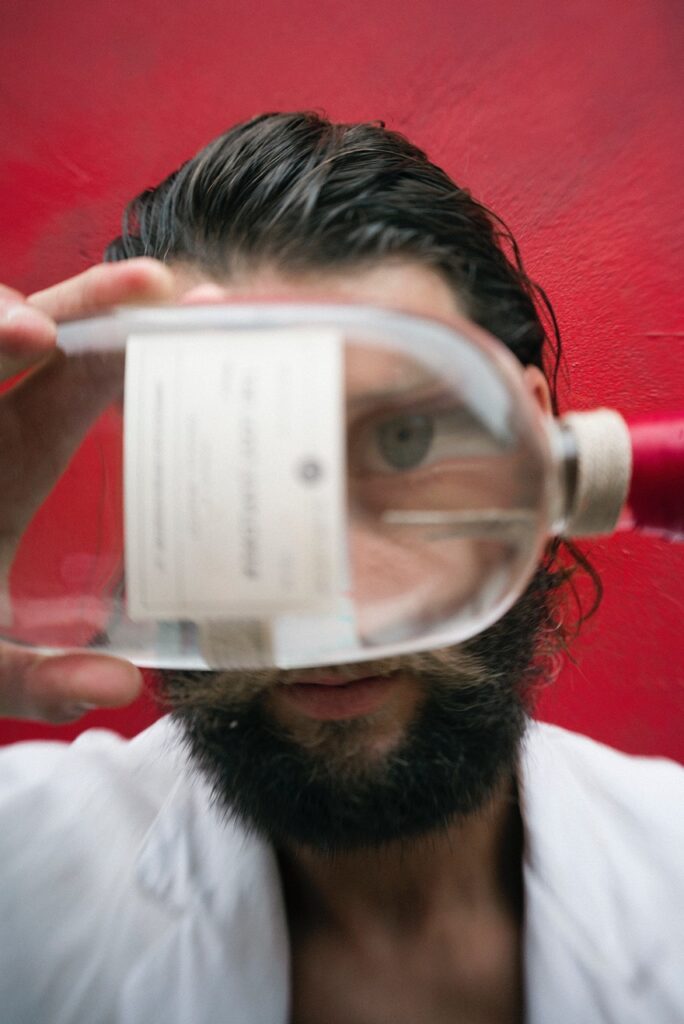The Lost Explorer
David de Rothschild is an explorer, environmentalist and founder of mezcal company, The Lost Explorer. We discuss curiosity, adventure, nature and of course, agave.

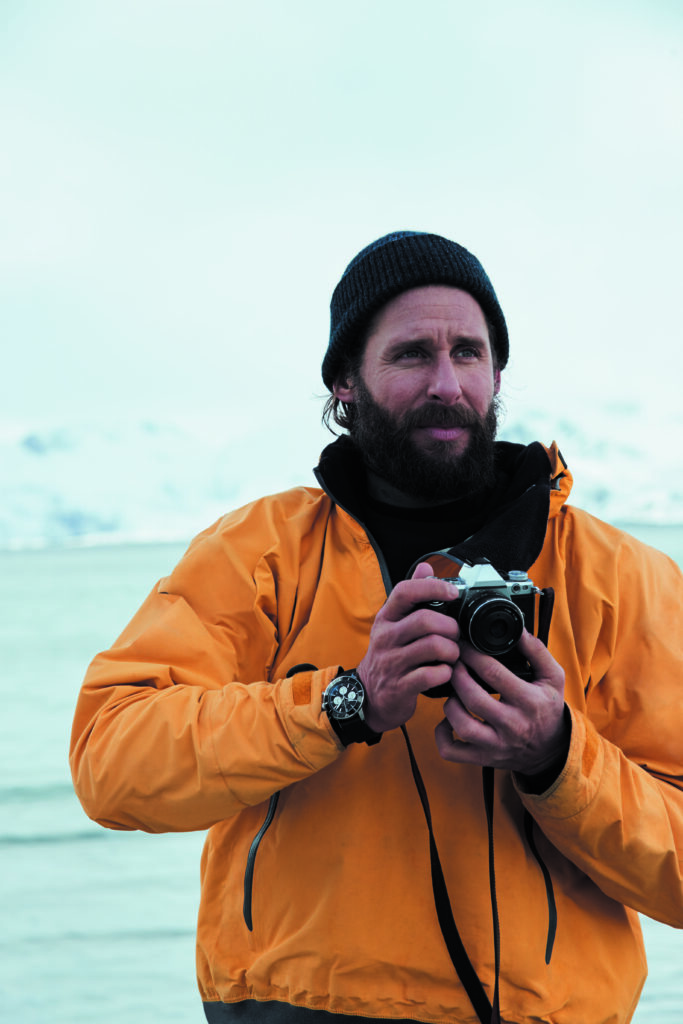
Explorer, environmentalist, activist and entrepreneur. David de Rothschild has had more adventure than we’ve had hot dinners. From sailing across the Pacific in a boat made from plastic bottles to crossing both poles, he champions sustainability with every expedition, project and foundation. We talk to him about curiosity, connection, inspiration and his love of the agave plant.
How did your love of mezcal come about?
My love of mezcal came around really from spending time on the West Coast. Back in mid 2000s, when I was building the Plastiki boat in San Francisco, I came across mezcal for the first time. (The Plastiki was made from plastic bottles and recycled waste, with the aim of this extraordinary venture to focus attention on one of the world’s strangest and most unpleasant environmental phenomena: the Great Pacific Garbage Patch, a rubbish-covered region of ocean, several hundred miles in diameter).
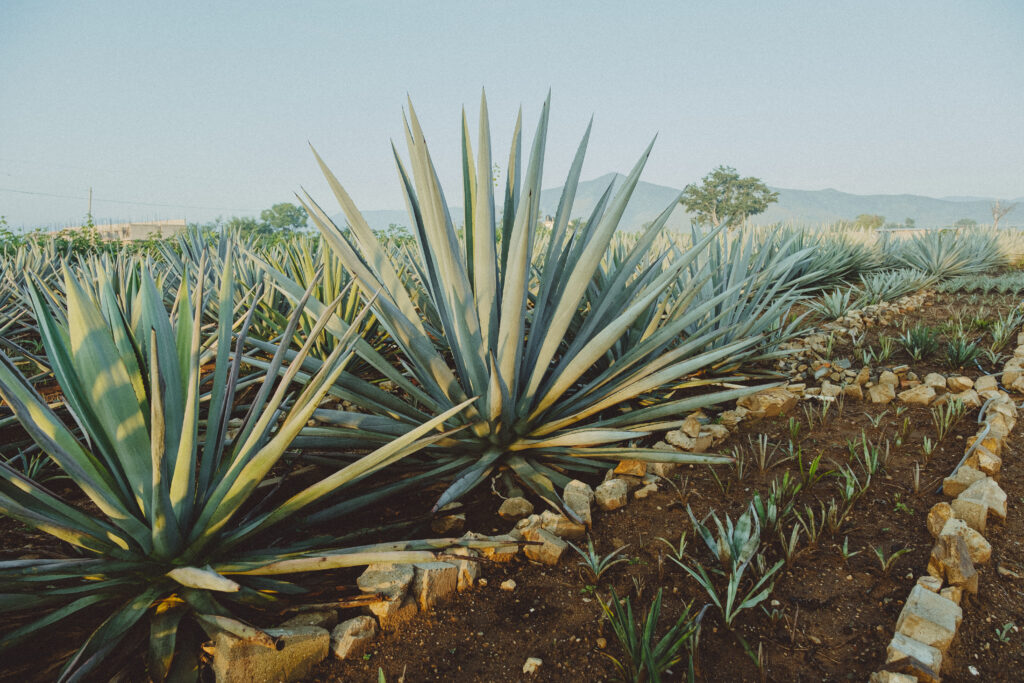
As a kid, I think I’d been put off agave spirit by cheap tequila. I think we’ve all had one of those nights when you say I’m never touching an agave spirit again. But someone introduced me to mezcal and it was something that I was not expecting. The flavours, the taste, the story, the whole experience was really exciting. And I just started to dig in. With proximity to Mexico, going down to Mexico a lot and being introduced to these storied experiences around each of the blends and the brands. It was around 2013 that I decided I wanted to make mezcal, and that was when the journey began.

What was the inspiration behind The Lost Explorer?
So the inspiration behind The Lost Explorer was actually a much broader lifestyle concept. It was really the idea of trying to create a brand that worked in harmony with humans and nature. The idea of putting materials first and sustainability at the heart of everything we did and we made clothing, furniture, surfboards, accessories and skincare. Mezcal was the first product that we made. But it was really after working with brands, and I’ve worked with some of the biggest brands in the world, HP, Nike, IWC, Bright Lane and so on, that I realised I wanted my own platform – to create my own brand. And the Lost Explorer was born.

You’re an entrepreneur, environmentalist and explorer. What’s the common thread?
I think the common thread with everything is giving nature a voice. I think it’s always been about trying to challenge the status quo and not accept the ‘that’s just the way we’ve done it’ mentality. So I think the common thread is design and storytelling that looks to close the gap between humans and nature. That is really where I sit, with all my projects. At the heart of it is trying to leave things a little better than when I found them.
Did your love of exploration spark your interest in ecology and sustainability?
I think my love for ecology and sustainability started just with my love for nature and spending time outside. That playground that is the ocean or the mountains or the jungle, or being with friends in a park; and as a child, just spending time outside was kind of my happy place. So to be able to build a career, where I get to protect that, be in it and play in it, is the dream.
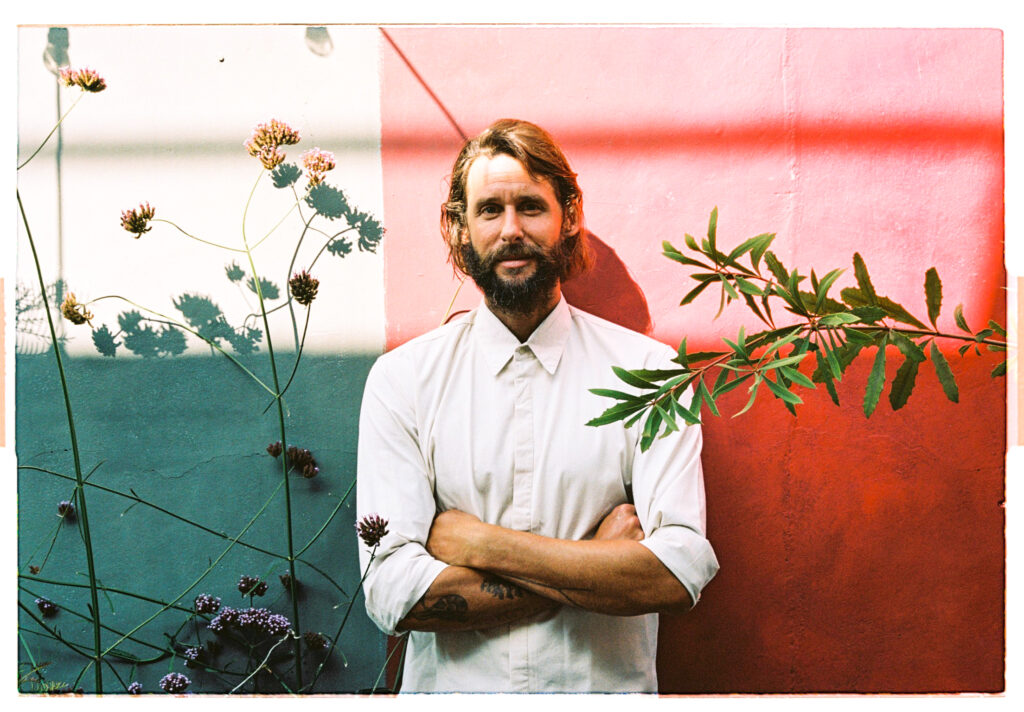
You’ve crossed both poles and sailed a plastic catamaran across the Pacific. What to date has been your most challenging and rewarding expedition?
I guess every expedition is challenging. The most recent one I was attempting to trek the border of Bhutan with Tibet. It’s called The Snowman Trail. Unfortunately we didn’t get all the way through because of the conditions. It snowed out the high mountain passes that we were crossing. That was tough for a number of reasons, but mainly it was the first expedition I’ve done in a long time where I had to leave my two young daughters behind. So that definitely was a different angle for me and a different perspective.
With all this adventure, where do you feel most at home?
This is where I feel most at home, it’s where I’m with my family, with my wife and my girls.
Who has been your biggest inspiration?
My biggest inspiration is nature. If you are willing to slow down, stop, listen, she provides you with all the answers and all the inspiration you’ll ever need. That’s really been the source of motivation for me, to keep on learning and listening and growing from those experiences in nature and being able to translate those into stories that cut through the noise that is our everyday consumer disposable, fairly destructive society. So if I can try and find a way to make stories that can stand out and can elevate and celebrate nature, then I will.
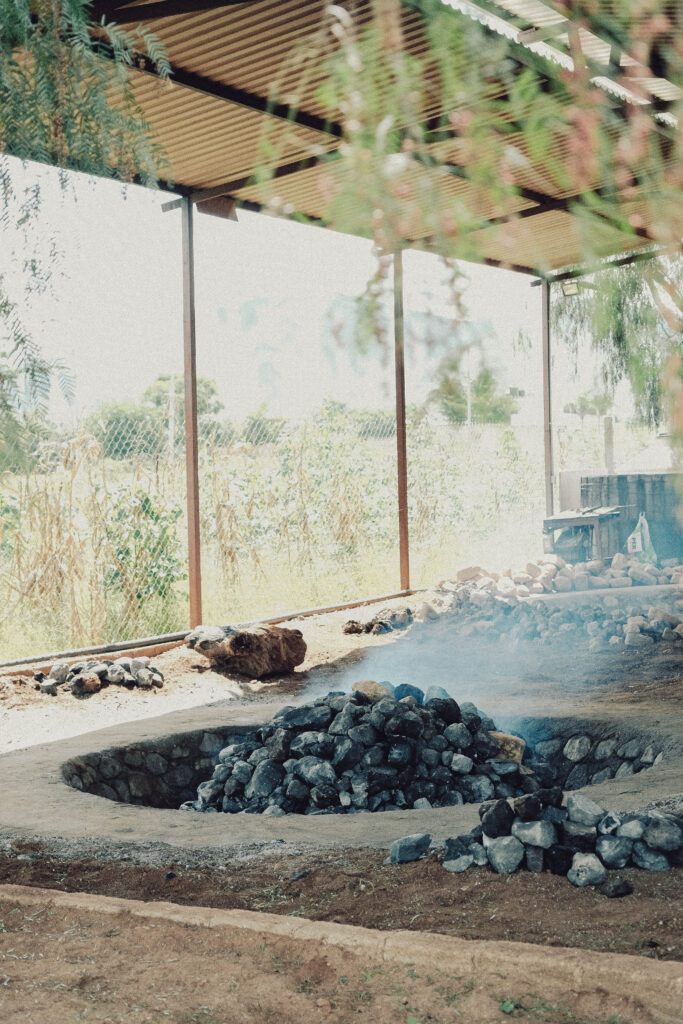
Tell us more about the Voice for Nature Foundation and why you set it up.
Voice for Nature was set up back in 2006. It was motivated by the idea that a small amount of money can help kickstart projects with people who are full of passion. And I think we really focus on projects that are combining those elements of purpose, passion and play.
I was fortunate enough early on to find great partners and sponsors who believed in my ideas. And sometimes you just need somebody to help you get the project started or even finish the last bit. That first bit of money or maybe that last bit of money in, so that you can achieve your dream. If you can help others achieve their dream, then the cycle continues. So that was kind of the genesis for that.
What’s next for you?
Keep on exploring, keep on remaining curious. I think for me it’s about trying to keep on challenging myself to do things that make me feel uncomfortable because I think that’s when the adventure begins, where you have to let go and unlearn. And I think that’s the biggest challenge as you get older, you become very fixed in your routine and with what you know and what you’ve learned. And that’s it.
